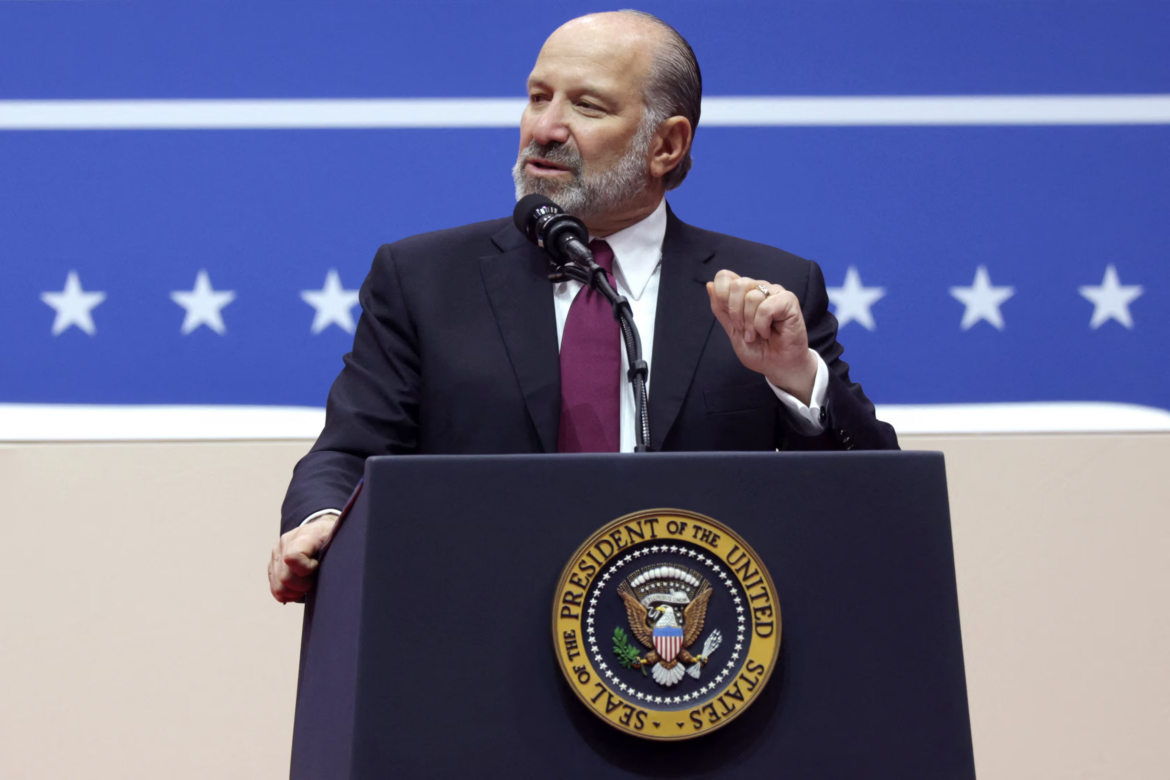Navigating Trade Tariffs: A Tense Encounter on “Face the Nation”
Introduction to a Heated Exchange
During a recent episode of “Face the Nation,” Commerce Secretary Howard Lutnick found himself embroiled in a fiery discussion with host Margaret Brennan. The conversation centered on President Donald Trump’s recent implementation of a 10% baseline tariff on all imports, a policy introduced during a Rose Garden event dubbed “Liberation Day,” aimed at bolstering American economic independence and manufacturing.
The Controversy Over Tariff Calculations
Brennan challenged Lutnick on the accuracy and rationale behind the detailed chart presented by President Trump, which was intended to illustrate the unfair tariffs imposed on U.S. goods by other countries. Brennan suggested that the chart, rather than clarifying tariff distributions, confused investors due to what she perceived as a seemingly arbitrary selection of countries and the application of tariffs.
Specific Points of Contention
A particularly puzzling aspect for Brennan was the inclusion of the Heard Island and McDonald Islands on the tariff list, questioning their relevance given their lack of exports to the United States. She even went as far as to ask if the list was generated by artificial intelligence, implying a lack of strategic thought in its creation.
Lutnick’s Defense and Economic Lesson
Lutnick responded with a chuckle before dismissing the notion of AI involvement. He explained that omitting any location from the tariff list could create loopholes that countries like China have historically exploited by routing products through third countries to the U.S. market. This practice, according to Lutnick, undermines American tariffs and economic measures designed to protect domestic industries.
Closing Remarks on Trade Policy
Lutnick emphasized that President Trump’s comprehensive approach to tariffs is designed to close these loopholes once and for all. By applying tariffs universally, Trump intends to prevent other nations from bypassing U.S. tariffs indirectly. This strategy, Lutnick asserted, is crucial for rectifying the trade deficit and reinforcing national security, ensuring that American manufacturing and jobs are prioritized.
Conclusion: A Firm Stance on Economic Independence
The interview highlighted the Trump administration’s firm stance on economic policy and its commitment to reshaping U.S. trade relationships. Despite the skepticism from media figures like Brennan, the administration remains steadfast in its belief that these tough measures are necessary for the long-term prosperity and security of the United States.

